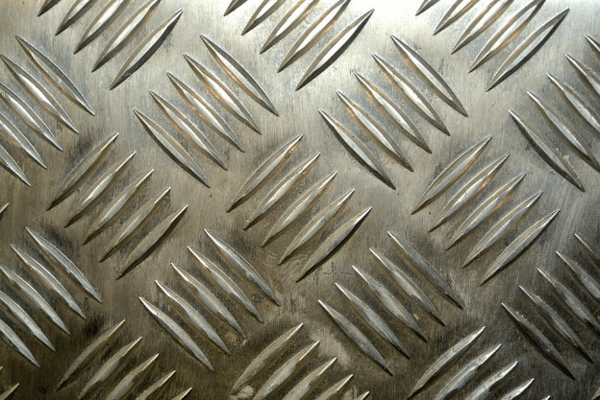Finishing services such as cutting bending forming and polishing are available p.
Defects in sheet metal products.
Fig 1 these defects are described below.
Factors affecting formed part quality in industrial mass production of autobody panels single acting presses with either single or multipoint control mpc die cushion systems are.
When sheet metal is rolled the width doesn t change but since the thickness is dramatically reduced the length must increase by a similar percentage.
This is most likely to be where the sheet has been bent under tension round an angle as extra thinning will occur there.
Surface defects are provided from impurities and inclusion in the material surface roll marks dirt rust and other cause related to prior treatment and working of metal.
This can cause an uneven roll with various amounts of pressure throughout the piece.
Another common defect in sheet metal rolling involves the splitting of a workpiece.
The reason behind it is that welding positions are misaligned.
There are two reasons behind this defect.
During the rolling process a piece of metal will experience a different amount of reduction in certain areas of the piece.
The main reasons for the cracking are over stretching or stress concentration.
The internal structural defects are.
Rolling defects wavy edges.
The weight doesn t change.
Internal structural rolling defects.
It produces a large selection of unfinished sheet metal products including aluminum carbon steel stainless steel and galvanized metals.
P capital metal industries operates a sheet metal factory.
This means the length of your sheet metal can be over a mile long.
There are four main metallurgical processes for the manufacture of finished steel products where the steel products can pick up defects.
The occurrence of defects in sheet metal forming and their prevention is a complex subject.
The defects picked up during these processes are i casting defects ii rolling defects iii forging defects and iv welding defects.
Excessive thinning thickening of the sheet during forming wrinkles splits and springback are the three most common defects encountered during sheet metal stamping.
One is the improper handling another one is the elasticity of sheet metal forming materials.
Defects in the final product of mechanically worked metal may have originated from any one or a combination of the following the ingot used for mw may contain defects pores microcracks or inclusions which may remain as such or get aggravated during working operation.
It isn t practical to handle this when it s flat so it is coiled as it s produced.
They are main category of rolling defects.

